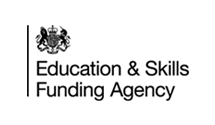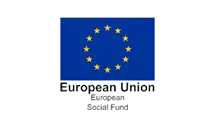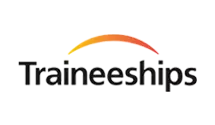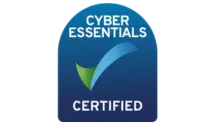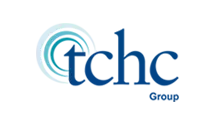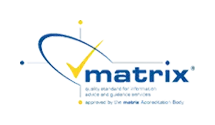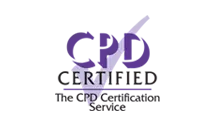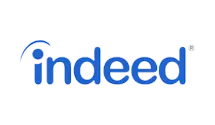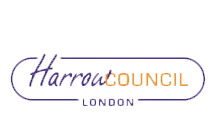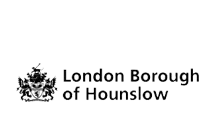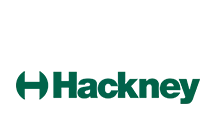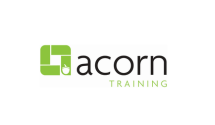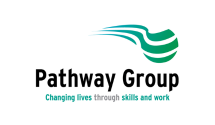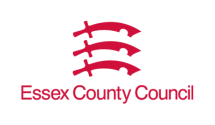This blog focuses on auditing, a crucial process that ensures the accuracy, reliability, and integrity of financial information companies provide. Auditing systematically examines financial records, internal controls, and business processes to assure stakeholders like investors, creditors, and regulatory authorities.
We'll explore the best practices and compliance standards that guide auditors in conducting effective and efficient audits, highlighting their significance in maintaining trust and transparency in financial reporting.
Understanding Auditing
Auditing is a multifaceted process that encompasses several key aspects:
- Financial Statement Audit: The most prevalent type of audit, a financial statement audit, is like a detective story. It involves examining a company's financial statements to determine whether they present an accurate and fair view of its financial position, cash flows and performance flows. Auditors, the financial detectives, assess the company's accounting policies, significant estimates, and disclosures to ensure compliance with accounting standards and regulatory requirements.
- Internal Audit: Internal auditors perform internal audits within a company to assess the efficiency of internal controls, risk management procedures, and adherence to company policies and protocols. These auditors deliver impartial evaluations to management and the board of directors, enhancing organisational efficiency and governance.
Compliance Audit
Your role as an auditor is crucial in evaluating whether an organisation adheres to relevant laws and contractual commitments. Your scrutiny of various facets of compliance, including tax, regulatory, and contractual obligations, helps pinpoint non-compliance and suggest necessary corrective measures, thereby driving organisational improvement.
Best Practices in Auditing
To ensure the effectiveness and integrity of audits, auditors adhere to several best practices:
- Planning and Risk Assessment: Auditors begin by planning the audit and conducting a risk assessment to identify areas of significant risk and determine the scope and nature of audit procedures. When designing the audit approach, they consider factors such as industry risks, regulatory requirements, and internal control weaknesses.
- Evidence Gathering: Auditors gather sufficient and appropriate audit evidence to support their findings and conclusions. They employ a variety of audit procedures, including inquiry, observation, inspection, and analytical methods, to obtain proof from sources such as financial records, documents, and interviews with management and staff.
- Independence and Objectivity: Auditors maintain independence and objectivity throughout the audit to ensure impartiality and integrity. They avoid conflicts of interest, undue influence, and bias that could compromise their judgment and credibility.
- Documentation: Auditors document their audit work, findings, and conclusions in working papers to provide a clear and transparent audit trail. Documentation includes audit planning, risk assessment, audit procedures, evidence obtained, and conclusions.
Communication
Your role as an auditor involves examining financial records and effective communication. Throughout the audit process, you communicate with management, the board of directors, and other stakeholders to provide updates, discuss findings, and address any concerns or questions.
Your effective communication fosters transparency, trust, and collaboration between auditors and stakeholders, making you an integral part of the audit process.
Compliance Standards in Auditing
Auditors adhere to various compliance standards and frameworks to ensure the quality and integrity of audits:
- Generally Accepted Auditing Standards (GAAS): GAAS are a set of principles and guidelines that govern the conduct of audits in the United States. They provide a framework for auditors to plan, perform, and report on audits effectively and ethically.
- International Standards on Auditing (ISA): ISA is a set of international auditing standards issued by the International Auditing and Assurance Standards Board (IAASB). They provide globally recognised principles and practices for auditors to follow when conducting audits.
- Sarbanes-Oxley Act (SOX): SOX is a U.S. federal law that sets forth requirements for public company audits, corporate governance, and financial reporting. It aims to enhance transparency, accountability, and reliability in financial reporting and auditing.
- Public Company Accounting Oversight Board (PCAOB) Standards: The PCAOB establishes auditing standards for auditors of public companies in the United States. PCAOB standards focus on audit quality, independence, and ethics to protect investor interests and maintain public trust in financial markets.
Conclusion
Auditing, a critical process that assures financial information's accuracy, reliability, and integrity, is upheld by auditors who play a vital role in enhancing transparency, accountability, and trust in financial reporting and corporate governance. Auditors ensure audits' effectiveness, efficiency, and credibility by adhering to best practices and compliance standards.
Planning and risk assessment, evidence gathering, independence and objectivity, documentation, and communication are essential elements of the audit process. Compliance standards such as GAAS, ISA, SOX, and PCAOB standards provide a framework for auditors to follow when conducting audits. Upholding these principles and standards, auditors contribute significantly to the financial ecosystem, ensuring its integrity and reliability.

